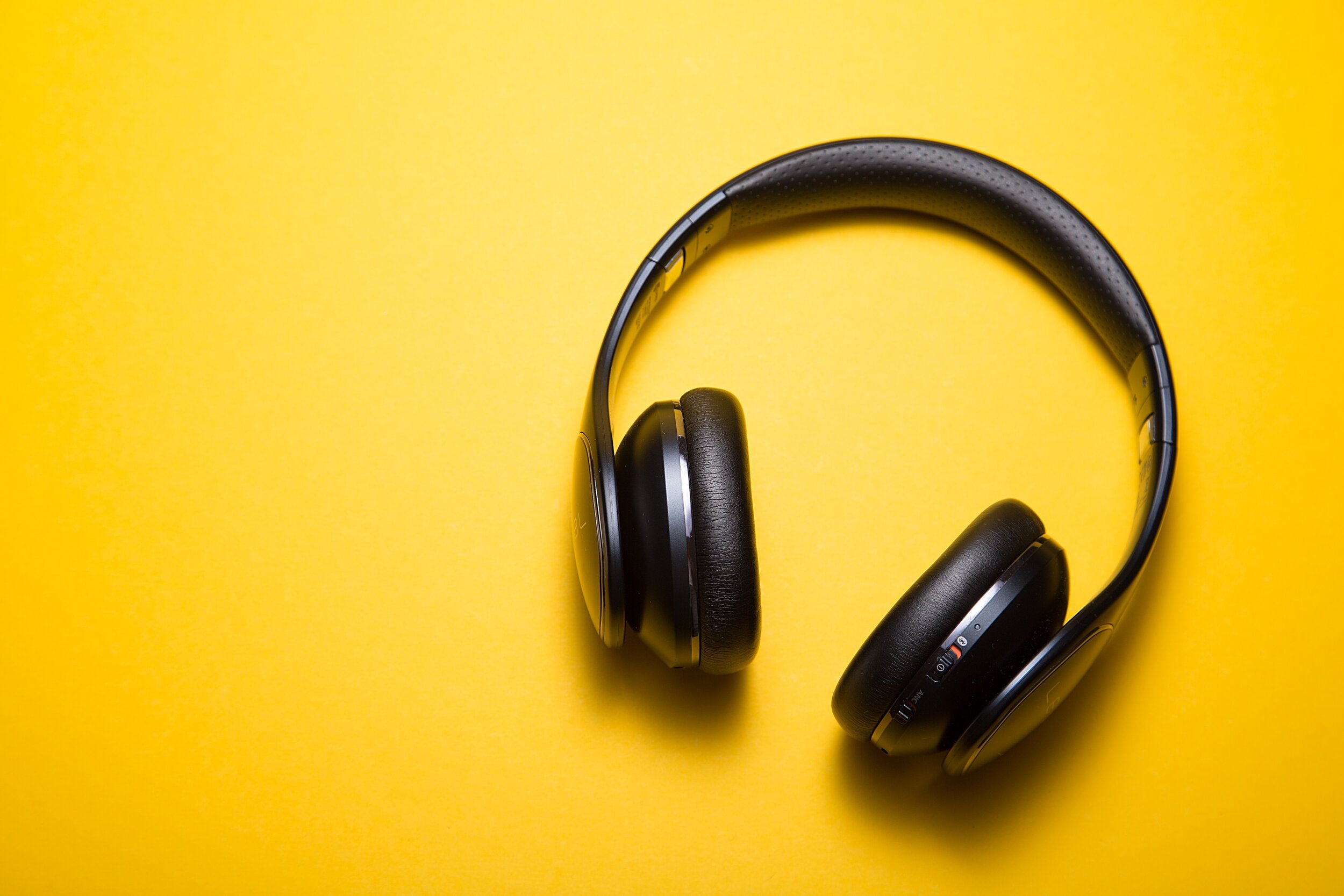Listening Can Change Everything: Empathy Interviews, Part One
Jim Stephens is a design manager at 2Rev, veteran teacher, and co-founder of the CUBE School in Denver, Colorado. This series, which will come out over the next several weeks will walk you through the practice of empathy interviews so you can prototype them in your environment.
When we talk about using human-centered design to reimagine school, we can’t afford to make assumptions from the outside. That’s how too many non-learner-centered solutions were designed in the first place. Instead we have to use the words, thoughts, and ideas of those participating in school as the driver of the design. That means actively listening to the teachers, staff, parents, and especially the students in our schools. But how do you actually go about doing that?
In our practice at 2Rev, we regularly use a technique called empathy interviewing to get at the heart of discovering what people really need and want. Whether it’s to hack an internal process, like feedback; in the design, development, and iteration of InspirED to become aware of the problems users were attempting to solve and how the platform could better meet their needs; or when we partner with organizations to reimagine school — empathy interviewing is a simple, but deeply meaningful and impactful process that can be put into practice immediately with students in your classroom, with your staff, or in conversations with parents or community members. And it should. Because without it, we will all likely continue to design and launch new solutions that are solving for assumptions or needs that are not quite there.
And because it’s the right thing to do. The user needs to be a driving voice in the decision-making.
Beyond just being right, it’s also smart and strategic when it comes to learning. We want all students to be self-directed and lifelong learners, but we can’t do that if we helicopter them to death and make every decision for them. Students need to make decisions all throughout their adolescence, especially in their learning environments, in order to get good at making choices and decisions. Why wait until adulthood when the stakes are so high?
Decision-making is an art and science that students need to refine, and empathy interviews is a way to get there. It creates opportunities for them to voice their choices, feel heard, feel empowered and confident that they are being listened to. Then we can use what is discovered through these interviews to design learning experiences that are right for them, in tandem with them, and allows for plenty of self-direction.
Empathy interviews are a road that will uncover many insights. Looking forward to digging into it with you over the next several weeks.


